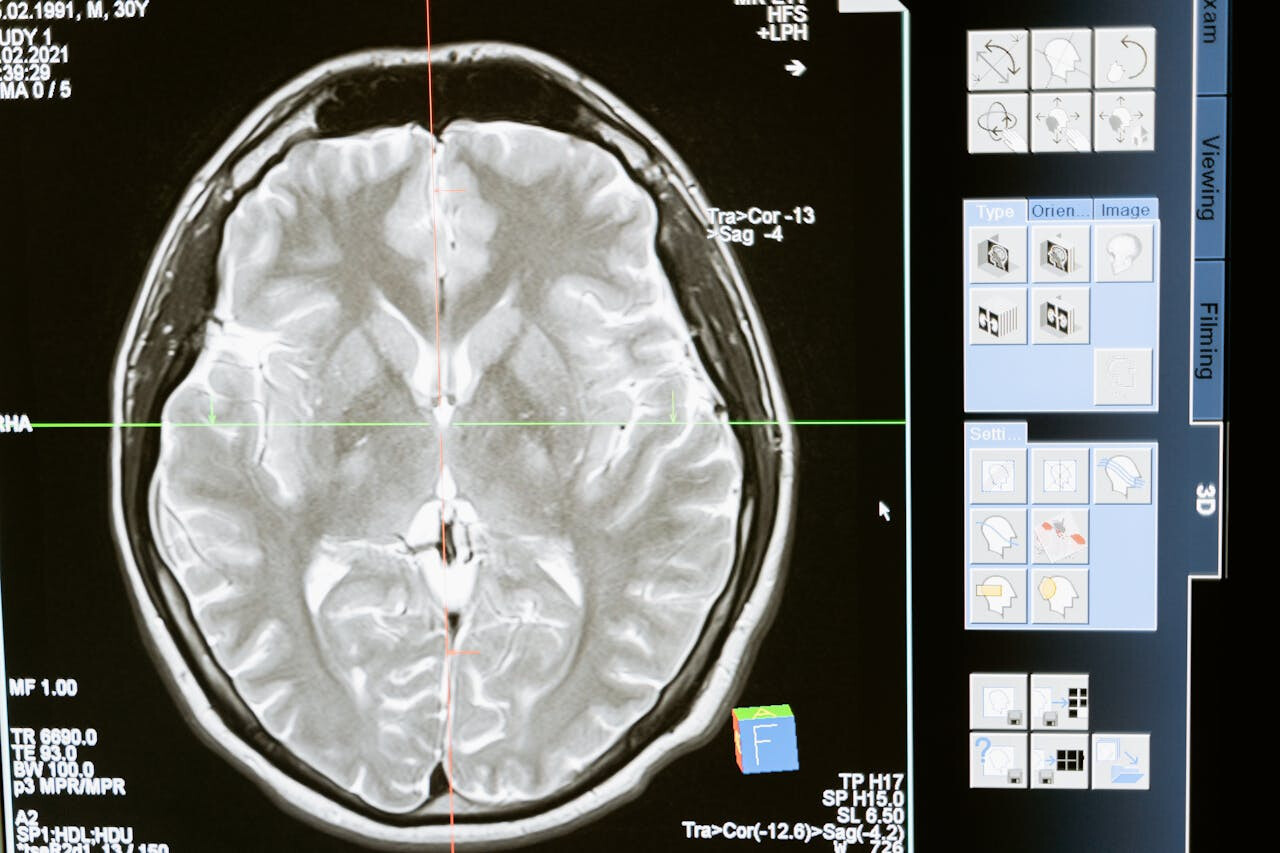A team led by Stanford University (USA) published in the journal PNAS a study based on a new artificial intelligence model that determines, with more than 90% accuracy, whether brain activity scans come from a woman or a man.
The university said the discovery helps resolve a long-standing debate about whether there are reliable sex differences in the human brain, and suggests that understanding these differences may be necessary to address neuropsychiatric conditions that affect women and men differently.
Identifying consistent and reproducible sex differences in the brain of healthy adults is a critical step toward a deeper understanding of sex-specific vulnerabilities in psychiatric and neurological disorders, the foundation said in a statement.
“The main motivation for this study is that sex plays a critical role in human brain development, aging, and the manifestations of psychiatric and neurological disorders,” said Vinod Menon, from Stanford University and lead author of the study.
The work did not take into account whether sex-related differences appear earlier in life or whether they might be due to hormonal differences or different social circumstances that men and women are more likely to face.
The “hot spots” that helped the model most in distinguishing between male and female brains include the default mode network (a brain system that helps process self-referential information), the striatum, and the limbic network, which is involved in learning and how humans respond to things. Rewards.
The team leveraged advances in artificial intelligence and access to multiple large datasets to perform complex analyses.
The first step was to create a deep neural network model that learns how to classify brain imaging data. When the researchers told the model whether they were looking at a male or female brain, they began to notice subtle patterns that could help them distinguish between them.
This deep neural network model analyzed dynamic MRI images, thus capturing the complex interaction between different regions of the brain.
When the researchers tested the model with about 1,500 brain scans, they could almost always tell whether the scan was of a woman or a man.
The success of the model suggests that there are detectable differences between sexes in the brain, but so far they have not been reliably detected, the foundation highlighted in the statement.
The team also turned to explainable AI, which examines large amounts of data to explain how the model made decisions, to understand which brain networks were most important for the model to judge whether a brain scan came from a man or a woman.
Thus, they found that the model repeatedly searched the default mode network, the striatum, and the limbic network.
Menon stressed that these models worked “extremely well” because they were able to separate brain patterns between the sexes, which leads one to believe that “ignoring sex differences in brain organization could lead to ignoring key factors underlying neuropsychiatric disorders.”
While the team applied the deep neural network model to questions about gender differences, Menon highlighted that the model will be used to answer questions about the relationship between any aspect of brain connectivity and any type of cognitive or behavioral ability.

“Wannabe internet buff. Future teen idol. Hardcore zombie guru. Gamer. Avid creator. Entrepreneur. Bacon ninja.”

